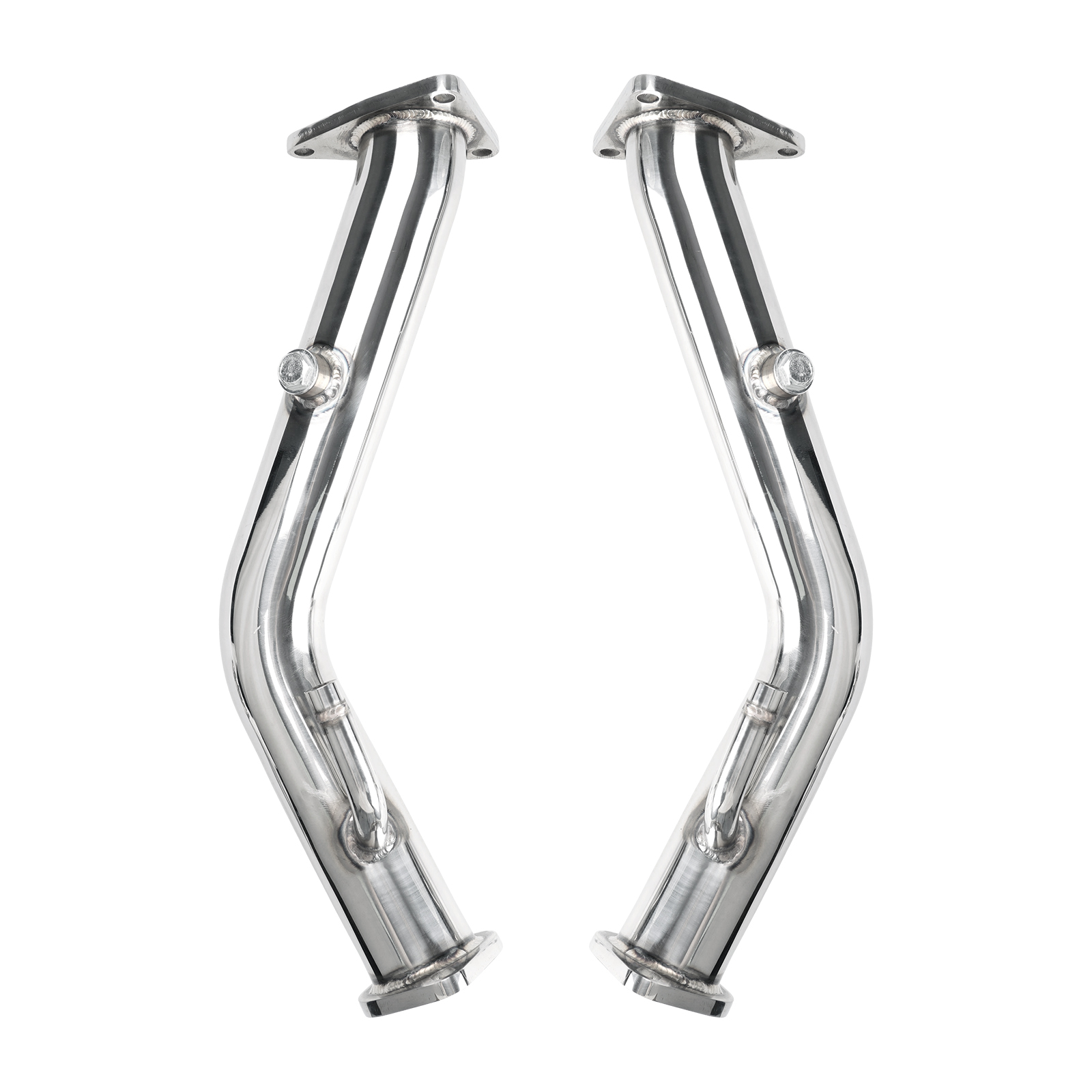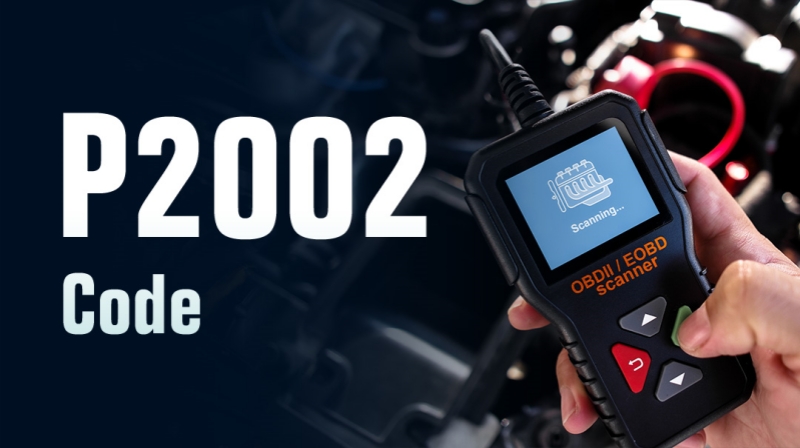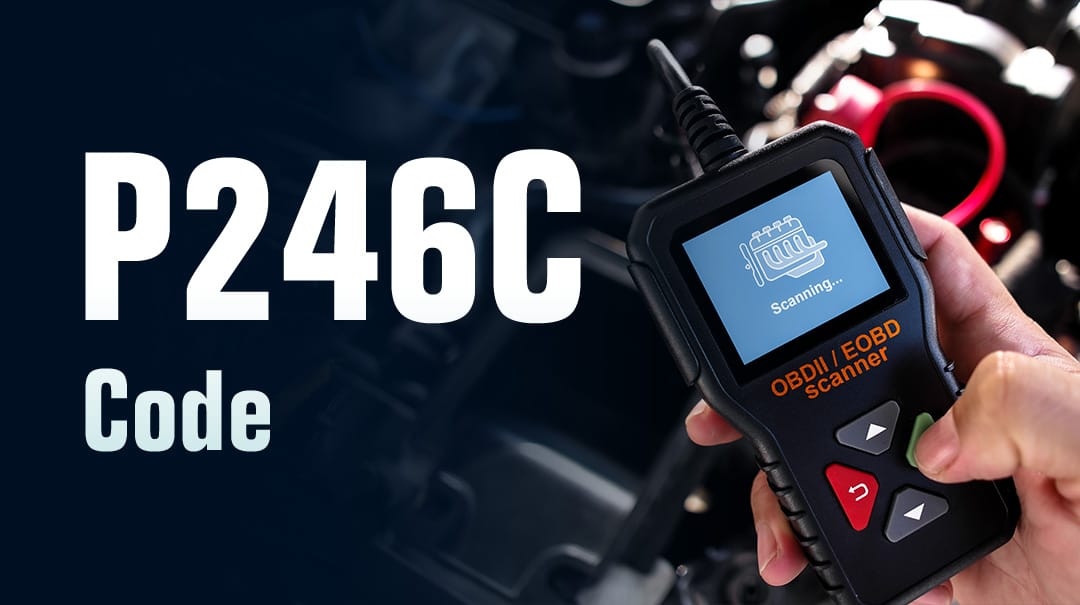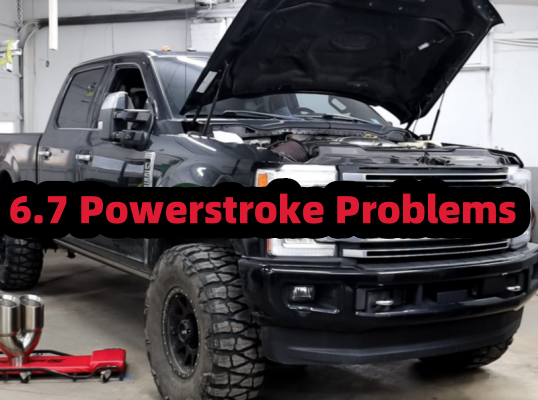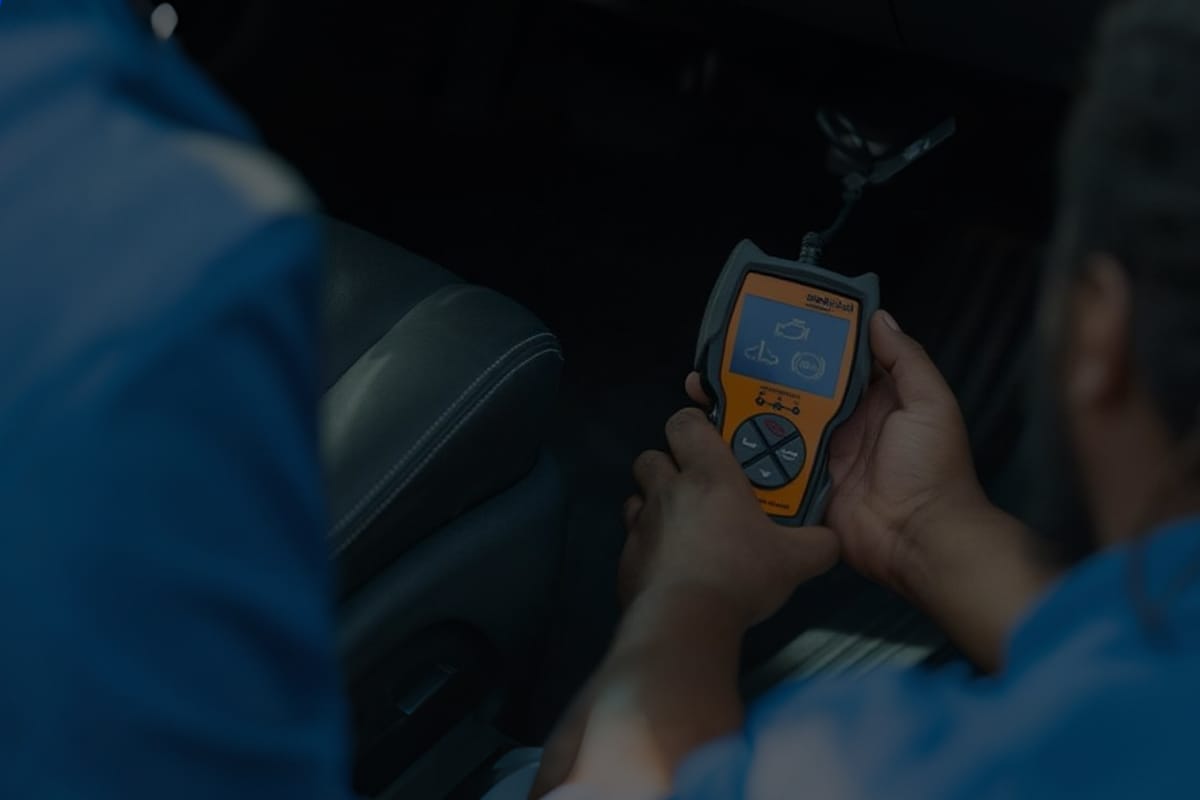Brake lights exist for an important reason - signaling your actions to other drivers. Malfunctioning brake lights that remain constantly lit defeat this purpose and create safety issues. Plus, the nonstop power draw can prematurely burn out bulbs and drain your battery.
So what causes this? The primary culprit is typically a bad brake light switch or sensor stuck in the "on" position. Problems with the brake pedal or electrical system can also lead to illuminated brake lights. And if the issue appeared after replacing bulbs, you may have installed improper ones.
In this article, we will take a closer look at the causes and fixes of this problem.
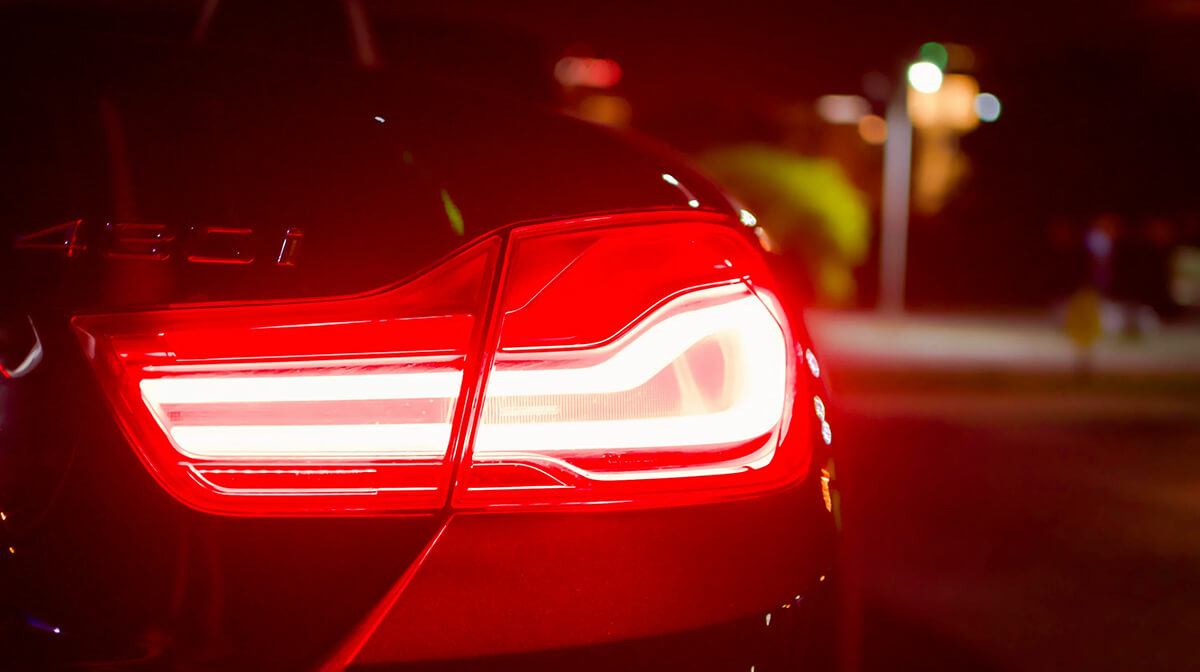
Understanding How Brake Lights Work
Brake lights seem pretty straightforward - foot down, lights on. But there's more to it behind the scenes.
When your foot hits the pedal, a switch activates, allowing electricity to flow to the brake lights. This switch essentially tells the lights "time to shine!" A lever called a striker connects to the pedal, so when you lift your foot, it flips the switch back off.
Inside each bulb, a high-intensity filament ignites to power the red brake light, while a low-intensity one keeps the tail light glowing. You can upgrade to LED brake light bulbs which light up faster than old-fashioned incandescent, giving drivers behind you more reaction time. They also withstand vibrations and can outlive your car.
While you probably don't ponder your brake lights daily, damage to any of these components can leave you brake-less. Make sure to get them checked regularly for safety.
6 Common Reasons Why Brake Lights Stay On
Here, we list six common problems that cause brake lights won’t turn off. Now, let’s look at each defective brake light symptom in-depth.
Faulty Brake Light Switch
Faulty switches and sensors in the brake system are the usual culprit when brake lights won't turn off. These components detect brake pedal pressure and activate the lights. If they malfunction or misaligned, the lights stay illuminated constantly, unaware the pedal is released.
The main culprit is typically the brake light switch under the dash near the pedal. It turns the lights on as soon as the pedal is pressed. The same switch can also control push-button start, gear selection, anti-lock braking, vehicle stability assist, and brake shift interlock.
Replacing the defective switch, located behind the pedal, will fix the problem. Other symptoms include lights coming on while driving, impaired cruise control, no gear shift, and non-working brake lights.
Some vehicles use a plastic or rubber bumper contacted by the switch plunger. If this piece breaks off, the switch stays extended and the lights remain on. Check under the pedal - broken bits indicate a bad bumper. Hondas, Hyundais, and Mazdas often have this issue.
Defective Brake Pedal Spring
Another likely cause for brake lights stuck on even when you are not braking is a worn-out return spring inside the brake pedal.
This small spring's job is to snap the pedal back into its original position when you lift your foot. But over years of use, the spring loses its strength and cannot retract the pedal fully.
Without the pedal returning to its relaxed position, the brake light switch remains activated, keeping the lights illuminated.
Replacing the faulty return spring is a quick, inexpensive fix that can save you money on brake repairs down the road. So if your brake lights are stuck on, check that little spring first before assuming it's a bigger problem.
Stuck Brake Pedal
This frustrating issue may also be caused by a brake pedal that doesn’t fully rebound.
If the pedal gets partially stuck, it will continue applying pressure to the brake light switch. This keeps the lights illuminated when they should be off. Over time, debris and corrosion in the pedal assembly can obstruct motion and trigger the brake light switch permanently.
A more concerning reason your brake won’t turn off is a faulty brake booster. This component uses hydraulic pressure to amplify your braking power. When the booster fails, you’ll feel increased resistance when pressing the pedal. If the booster can’t build enough vacuum, your brakes and lights will stay activated as if you were still braking.
Other faulty parts like a damaged vacuum pump, cracked hose, jammed caliper, or contaminated brake fluid could also freeze the pedal and lights.
But in most cases, the culprit is a sticky pedal needing lubrication and cleaning. With regular maintenance from our experienced technicians, you can stop this annoyance before it happens and stay safe on the road.
Electrical System Fault
If your usual troubleshooting hasn't helped and your brake lights still won't turn off, it's likely an electrical problem.
Issues like faulty wiring or improper grounding can lead to electrical glitches that affect components like your brake lights.
For example, if brake light wires are shorted to power in a module or harness, the lights could stay on constantly. Electrical system defects can make lights stay on, not turn on at all, or work inconsistently.
An electrical issue can be tricky to pinpoint, so you'll want a pro to inspect things after you've ruled out easier fixes.
Wrong Light Bulbs Installed
Just replaced your tail lights and now your brake lights won't turn off? The culprit could be using the wrong bulbs.
The wrong bulb in the wrong socket can leave your brake lights stubbornly powered on. Start troubleshooting by inspecting the sockets for one or two contact points. Then check your new bulbs - are the single filaments in a double housing?
A simple bulb swap to match the right type to the right socket will get those lights off when they should be. Though not common, it's an easy fix for stuck brake lights.
Riding the Brake Pedal
Sometimes the issue isn't mechanical at all! If you have a habit of resting your foot on the brake pedal while driving, the added pressure can cause the lights to turn on. This habit can inadvertently switch on your brake lights, signaling to cars behind you that you're stopping when you're not.
The brake pedal is sensitive - the slightest graze can activate the lights. You might not even feel braking pressure yet. But that initial pedal dip is enough for the sensors.
This is especially common for automatic transmission drivers who use their left foot for braking.
How to Fix Brake Lights Staying On
Is Your Brake Light Stuck On? First Steps to Take
Begin troubleshooting by inspecting the brake light switch near the top of the brake pedal arm. Ensure it returns to its original position after releasing the pedal. Also, check for frayed wires or other damage that could cause electrical issues.
Fix a Misaligned or Faulty Brake Light Switch
If the switch is misaligned, carefully adjust its position until properly aligned with the brake pedal. Test the lights afterward to confirm they turn off as intended. If the switch is faulty, a replacement will be required - consult your vehicle manual or a professional for proper procedures.
Repair Electrical Issues
Electrical issues can be trickier to diagnose and repair. If you suspect a short circuit or damaged wiring, it's best to start by visually inspecting the wiring harness for any visible signs of damage.
If you find any issues, you might need to repair or replace the affected wiring. However, electrical repairs can be complex and require technical expertise.
If you're not comfortable with electrical work, it's safer to have a professional mechanic handle the repairs to avoid causing further damage.
Seek Professional Help
If you've tried everything and the brake light remains on, have a professional mechanic examine your vehicle. Malfunctioning brake lights can confuse other drivers and lead to excessive brake wear if unresolved. A technician can diagnose and resolve any underlying issues to get your brake system working properly again.
FAQs About Brake Lights Won’t Go Off
Frequently Asked Questions (FAQs)
Q: How much does it cost to fix brake lights that won’t turn off?
A: The most likely cause for brake lights won’t turn on is a faulty brake light switch. To fix this, expect to pay $79-$96 for a brake light switch replacement, with labor accounting for $40-$51 and parts $39-$45.
Q: Is it safe to drive with brake lights that won't turn off?
While it might not immediately affect your driving, it can confuse other drivers and potentially lead to accidents. Other drivers can't see when you're actually braking if your lights stay on constantly. That could lead to a rear-end collision if the car behind doesn't realize you're stopping. For safety, it's best to resolve any brake light issues ASAP.
Q: Will brake lights that stay on drain the battery?
Yes, brake lights that remain on can drain your battery over time, even if the car isn't running. It's important to get this fixed right away to avoid ending up with a dead battery.
Last Words
Troubleshooting stuck brake lights can be frustrating. Hopefully, this guide has given you some helpful pointers for diagnosing and fixing the issue yourself. Of course, for any complicated electrical repairs, it's best to seek professional assistance.
In closing, if you're simply looking to swap out those faulty brake light bulbs and upgrade to brighter, longer-lasting LEDs, be sure to check out the options available at SuncentAuto. Easily find the right LED bulb for your make and model, and enjoy free shipping and returns.





















